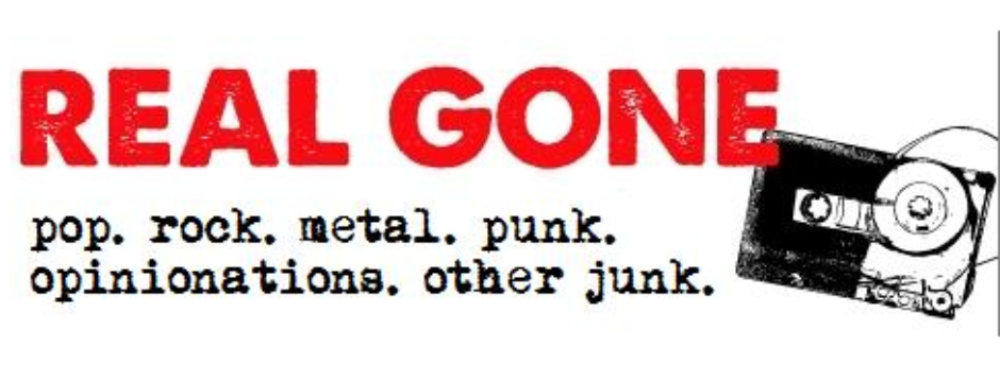Beginning his career as guitarist with the largely unknown band Autodrive in the early 90s, John Wesley gained wider recognition when he supported Marillion in 1994 on their ‘Brave Tour’. His debut album, ‘Under The Red and White Sky’, released earlier that year, is a strong work with a superb rock/pop sound, showcasing Wes as an emerging talented song writer. While the songs speak for themselves, it can’t have hurt that the album had a great supporting cast of musicians, including Marillion members Steve Rothery, Mark Kelly and Ian Mosley. A few years later, Wes gained even more recognition when he became touring guitarist for the legendary progressive rock outfit Porcupine Tree.
Over the years, it’s been possible to hear Wes grow as a musician, each of his albums exploring different avenues, but always with strong song writing at the core of his work. His sixth studio release, ‘The Lilypad Suite’, isn’t a concept piece, though each of the songs are inspired by the struggle of a young girl coming to terms with the absence of a father.
‘A.M.W.’ opens things rather bleakly. The guitars make grinding noises like a train pulling into a station and scraping on the rails. Against the grinding and droning noises, Wes adopts a husky tone to his voice and states he’s “going to California” and those left behind “will have to find their place”. This leads swiftly into ‘Walls of America’, opening with a full compliment of reverb, over which Wes lays down a guitar line which has plenty of atmosphere amongst the echoed drones. Mark Prater’s drum sound has a live quality and Wes’s lead vocal has an edge which is suited to the slightly alternative hard rock. The track is lent an element of softness by some rather pleasing harmonies on the chorus vocal, but overall, it sounds like a work half a lifetime away from the young singer-songwriter who shared a stage with Marillion in the 90s. The semi-acoustic poppy vibes at the heart of ‘A Glittery Nothing’ leave no doubt that this is the very same musician though; Wes’s softer vocal stylings are joined by clean toned guitar work and a sunnier, more optimistic vibe. The guitar solo reverts back to a distorted sound -almost drowned out by a sheet of reverb – but once that’s over, it’s a quick return to the beautifully played acoustic edged rock/pop. Those whom found a great deal of enjoyment from Wes’ ‘Under The Red and White Sky’ debut will undoubtedly find this number one of ‘The Lilypad Suite’s stand out cuts.
While most of ‘Still Waiting’ centres around elements which are in abundance elsewhere (chiefly the dominant guitars and dark atmospheres), the opening riff is brilliantly heavy – sounding not unlike something which might at the core of the heavy parts of post-‘In Absentia’ Porcupine Tree. The best moments come near the song’s end, though, when multi-tracked guitars offer not only the heavy opening riff, but also some reverbed atmospheres overlaid by a cleaner lead. With three distinctly separate guitar lines, both Wes and Dean Tidey deliver an interesting arrangement, without resorting to overt showmanship. The ringing guitars and hushed vocals which drive ‘Lost’ have a haunting quality; the chorus refrain has an element of simplicity, but Wes’s emotive voice brings out the absolute best in the arrangement, while his slightly distorted guitar work brings with it another great atmosphere. The softness of the opening of ‘Firelight’ is reminiscent of Wes’s early work, but this soon gives way to yet another wall of heavily reverbed guitars, over which, Wes’s vocal builds gradually. Mark Prater’s simple, pounding drum riffs carry weight and appear sympathetic towards a number which could have ended up sounding somewhat leaden. The close of the number features some rather furious playing over an already powerful arrangement.
Although only comprising five new songs and an intro, ‘The Lilypad Suite’ is an accomplished work and well worth investigating. While fans will undoubtedly continue to sing John Wesley’s praises, first time listeners may want to check out a couple of his earlier works first, with both ‘Under The Red and White Sky’ (1994) and ‘Chasing Monsters’ (2002) being strongly recommended.
Buy CDs from Wes here.
March 2011





